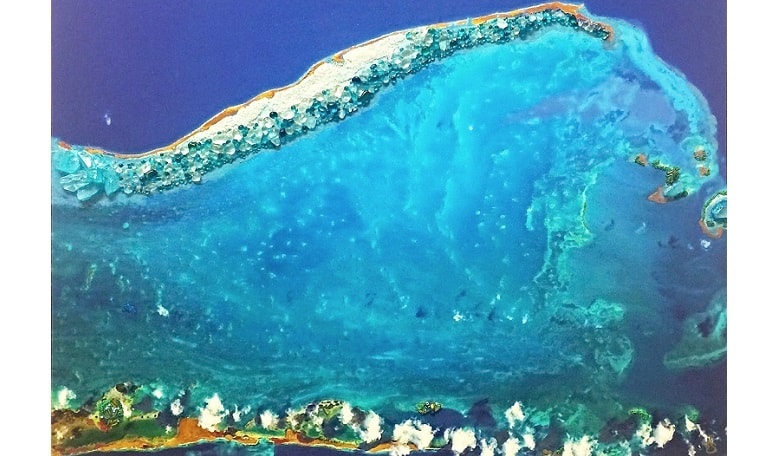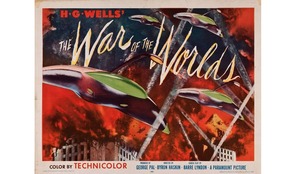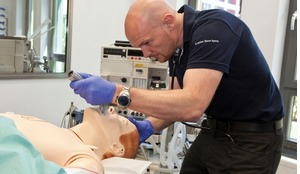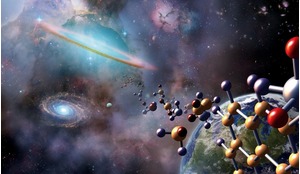In 2015, after what I consider to be 28 incredible years with NASA, I ‘retired’. I look back on that time and I really have to pinch myself that I had the opportunity to do such amazing stuff and work with such remarkable people.
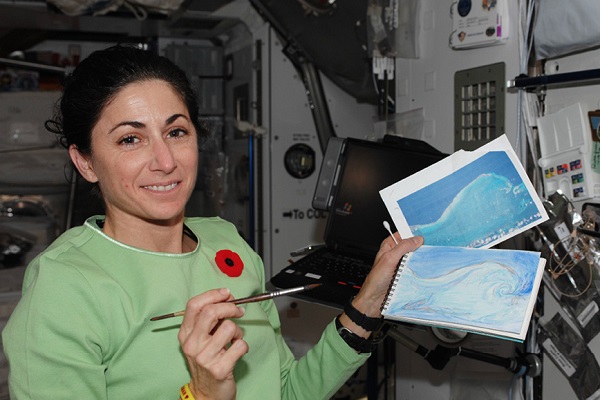 The first painting on ISS during Expedition 21 in October 2009. Nicole used a small watercolour kit as a basis for ‘The Wave’ based on a picture taken through the Russian Service Module window
The first painting on ISS during Expedition 21 in October 2009. Nicole used a small watercolour kit as a basis for ‘The Wave’ based on a picture taken through the Russian Service Module window
When I graduated from college I knew that I wanted to work in the space programme but I never imagined the experiences I would be blessed to have: working up close with the Space Shuttle and Space Station hardware, getting it ready to fly in space, flying on the Shuttle Training Aircraft helping train astronaut pilots to land the Space Shuttle and ultimately (by some act of God) being selected as an astronaut and actually getting to fly in space - twice! I don’t think I could have dreamed it to be as good as it actually was.
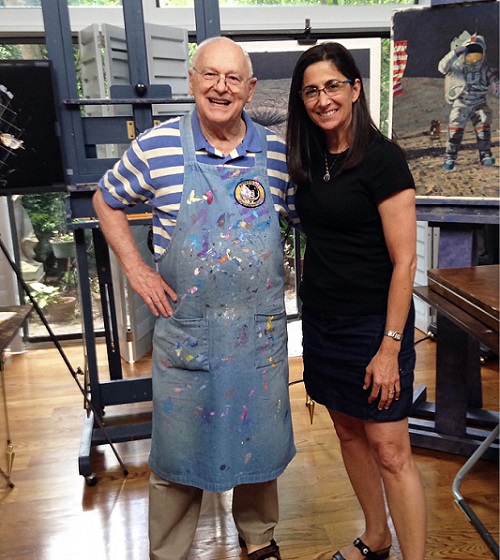 Right: Fellow artist astronauts Alan Bean and Nicole Stott. Bean, a veteran of Apollo 12 and Skylab, told Nicole he was “delighted” that she had become the first astronaut of the Space Shuttle/Space Station era to choose art as her next step in life
Right: Fellow artist astronauts Alan Bean and Nicole Stott. Bean, a veteran of Apollo 12 and Skylab, told Nicole he was “delighted” that she had become the first astronaut of the Space Shuttle/Space Station era to choose art as her next step in life
Everything about the experience of flying in space exceeded the very high expectations I had for it. And everything about it merits its own story but the one I’m going to focus on here is probably the most surreal aspect of it all - the opportunity to look out and appreciate our home planet from such a special vantage point.
The perspective that is offered through the windows of our spacecraft is overwhelmingly beautiful and impressive. No picture, no video, no conversation with others that have flown before can prepare you for what you will see with your own eyes and feel with your own soul.
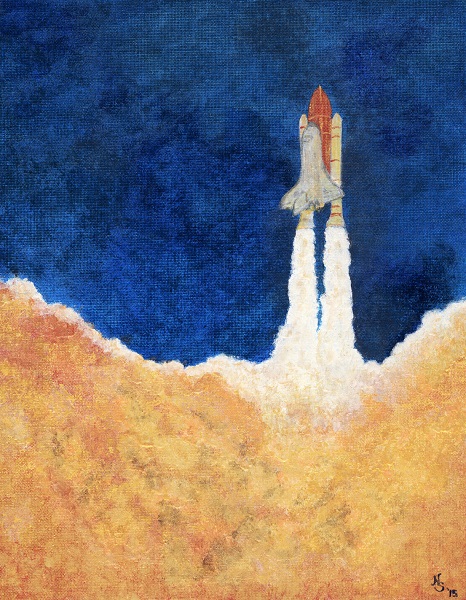 ‘Night Launch 128’ from an original in oils and acrylic mix on 11 x 14 inch canvas panel
‘Night Launch 128’ from an original in oils and acrylic mix on 11 x 14 inch canvas panel
It still seems very surreal to me that I had the opportunity to live on the ISS for over three months and to see our planet from that 200 mile vantage point. For me, like others before me, I was totally surprised and mesmerised by the overwhelming, glowing beauty of our planet.
Our Earth glows like a colourful light bulb against the blackest black I’ve ever seen. Every day in orbit I was blessed with the opportunity to spend time looking out the windows towards home, and seeing things I never would have expected.
Circling the planet every 90 minutes, with the orbit slightly shifting and taking us over someplace new, I saw the sun rising and setting gracefully across the horizon every 45 minutes, the Moon brilliantly popping into view and then squishing as it set into the thin glowing blue line of our atmosphere.
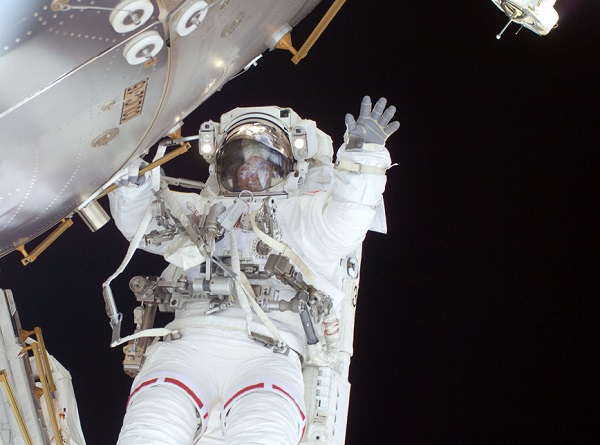 Nicole Stott during her EVA in 2009 on the STS-128 Space Shuttle mission in support of assembly of the International Space Station
Nicole Stott during her EVA in 2009 on the STS-128 Space Shuttle mission in support of assembly of the International Space Station
I couldn’t help but look at the Earth and see anything other than this living, beautiful thing that always seemed to be sharing some changing emotion or different side of its personality with me - sometimes very calm and peaceful, and other times very dynamic and aggressive looking.
While there was always something new and surprising to see, there was also the comfort that all the people I love were below me, and Earth was the perfect place to take care of them. The word awesome totally applies!
As I transition from this NASA career - and all of the extraordinary things that went along with it - I am doing so by moving on to a new adventure as an artist.
I think that anyone who has flown in space finds it difficult to share the experience through words alone. That’s why so many of us try to find other ways to do so: through art or writing or teaching or supporting charitable organisations on local or global social causes, or perhaps a little of all of the above.
So far my artwork has focused on the beauty of the spacecraft I flew on and the spectacular sights that Earth shared with me. My hope is that I will be able to use my art to share in a unique way my spaceflight experience to inspire students, educators, and society’s interest in STEAM (Science, Technology, Engineering, Art, Maths) education, and to continue to promote the amazing things we’re doing every day in space that benefit all of us right here on Earth.
Something that fascinates me is that my interest in both science and art is not unusual. Whether it’s the way art has always been used to better communicate scientific data, or science fiction that’s led to science fact, or that the most talented engineers and scientists I’ve met have also been some of the most talented artists, or that our planet and our spacecraft are just beautiful pieces of art in their own right - there is a real complement between art and science that’s worth presenting.





